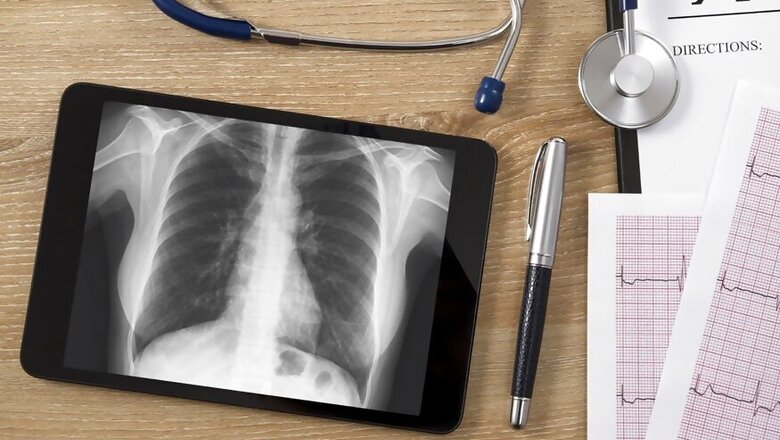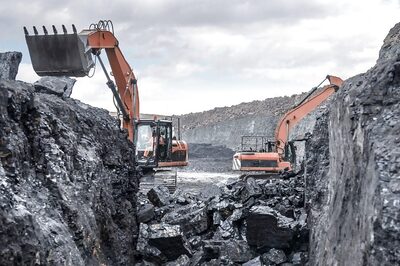
views
The World is celebrating No Tobacco Day on May 31, and it becomes a necessity to talk about the cons of smoking on this day. And the most common of all cons is lung cancer. Just like most cancers, Lung cancer is also caused by an excessive and unstoppable growth of cancerous cells in the body. It can also spread or metastasize to other parts of the body. Lung Cancer starts with cells of the lung and can destroy nearby tissue, just making it life-threatening. Usually, lung cancer can be classifies as Small cell lung cancer and Non-small cell lung cancer. When small cell lung cancer occurs almost exclusively among heavy smokers, non-small cell lung cancer is an umbrella term for several types of lung cancers that behave in a similar way, including squamous cell carcinoma, adenocarcinoma and large cell carcinoma.
While people who smoke have the greatest risk of lung cancer, it can also be found in non-smokers. The risk of lung cancer increases with the length of time. On World No Tobacco Day, let’s find out the possible ways in which lung cancer can make its way into your lives:
Smoking
Smoking is the major and most common cause of lung cancer. Tobacco smoke contains many chemicals or carcinogens that are known to cause lung cancer. The two primary carcinogens in tobacco smoke are chemicals known as nitrosamines and polycyclic aromatic hydrocarbons. While smokers are at a greater risk, those who have quit smoking or are non-smokers can also be at the receiving end of having lung cancer. Pipe and cigar smoking can also cause lung cancer, although the risk is not as high as with cigarettes.
Radon exposure
The second-leading cause of lung cancer is exposure to radon. Radon is a colorless and odorless radioactive gas that exists naturally in soil. It enters buildings and houses through small gaps and cracks. This exposure to radon combined with cigarette smoking seriously increases your lung cancer risk.
Hazardous Chemicals
Exposure to a few hazardous chemicals also poses a risk of having lung cancer. These materials include asbestos, uranium, arsenic, cadmium, chromium, nickel and some petroleum products.
Particle Pollution
A mix of very tiny solid and liquid particles present in the air that we breathe can also lead to lung cancer. Particle pollution, especially one that comes from exhaust smoke, can increase the risk of lung cancer.
Family History
Genetic factors also play a role in one's chances of developing lung cancer. A family history of lung cancer indicates one may be at a higher risk of getting the disease.




















Comments
0 comment